Can floors be made environmentally friendly? The importance of eco-friendly ideas is growing considerably due to the ongoing energy crisis being faced in Pakistan. Due to the emergent threat of climate change and increased awareness about a sustainable lifestyle, more homeowners worldwide are developing an interest in green living.
Demand for environmental-friendly materials that add value to homes and create a healthy and soothing environment is also rising. As there are plenty of flooring options available that provide a sustainable, clean, and reliable foundation for a room or building. So, make the best choice for yourself, your upcoming project, and especially for the planet with this guide on confident eco-friendly flooring choices and what to select.
What is Eco-Friendly Flooring?
Eco-friendly flooring is a sort of flooring that has minimum impact on the environment and leaves a tiny carbon footprint; in addition, it can be recycled at the end of its life span so that it does not contribute to landfills. Most importantly, it must not go through toxic chemical treatments during manufacturing. Moreover, these sustainable flooring materials must be made from natural sources that can be quickly replenished. Choose those options that must be durable and easy to maintain.
What to Look for in Eco-Friendly Flooring Options?
If you want to choose the best floor for your home, business, or project, you should know precisely what you are looking for in eco-friendly options. Consider the material manufacturers use to make the flooring eco-friendly. It would help if you chose an option that consists of natural and renewable resources. The following are common questions you should understand before making up your mind. Is the product’s source sustainable? Is there any recycled material involved? Etc.
Next in line, think about the life span of your flooring options. Even if a floor comprises natural materials, it can create specific problems if it’s not biodegradable. This mainly includes materials like adhesives or finishes. It is important to note that toxic materials and choices with high levels of volatile organic chemicals (VOCs) may harm the air quality in your building and at the original manufacturing plant. Along these, choose cleaner options with low VOC levels to protect your health and the planet.
Eco-Friendly Ideas for Your Home
Here are some of the most prevalent eco-friendly flooring ideas for your home that are available in the market:
-
Bamboo flooring
-
Linoleum flooring
-
Cork flooring
-
Glass tiles
-
Reclaimed hardwood flooring
-
Natural stone tile flooring
Bamboo Flooring
Eco-friendly bamboo flooring is frequently the first choice among homeowners striving for sustainable living. Besides being a brilliant alternative to traditional hardwood flooring, bamboo is not just highly durable, but also recyclable. The most prominent thing about the bamboo plant is that it regrows quickly and easily. In addition to that, bamboo is relatively more complex than oak, which highlights it as an excellent choice for homes.
Therefore, you must be aware of the unique look of bamboo flooring, which can make your entire home décor look modern and chic. Like hardwood flooring, it can be refinished, is easy to maintain, and can be cleaned with mild water and a mop. In contrast, bamboo flooring does not perform well in bathrooms and patios since it is not moisture and humidity-resistant. It can quickly lose its strength and crack down if exposed to extreme conditions.
Where To Set Up Bamboo Flooring In A House?
The eco-friendly bamboo flooring is apt for:
Bedrooms
Living room
Drawing room
Kitchen
Offices
Linoleum Flooring
Being common once, linoleum flooring material was replaced by vinyl and then ceramics tile flooring in homes. However, suppose you are looking for eco-friendly flooring options for your home. In that case, you don’t have to look any further than linoleum, which contains entirely biodegradable natural flooring material. It is made from renewable and earth-friendly materials such as solidified linseed oil, pine resin, ground cork dust, limestone, and pigments. Generally, it has a burlap or canvas backing with a protective layer added on top to prevent scratches, stains and discolouration.
Other significant advantages of linoleum flooring include easy installation, durability, and easy maintenance. It has moisture resistance, and a uniform look since pigments are well spread out in the material.
On the other side, direct sunlight turns linoleum flooring yellow and does not fare well against standing water. In addition to that, it is highly vulnerable to cuts and dents from sharp objects.
Where can you use linoleum flooring best in your home?
You should use natural linoleum flooring in the following areas of your house if you want a sustainable home:
-
Kitchen
-
Bedrooms
-
Living room
-
Hallways
-
Offices
Cork Flooring
Cork is so far another popular eco-friendly option for your home, and it is harvested from the bark of cork oak trees. Although the braid is not cut down entirely during the process, it regrows within three years, making it sustainable.
Indeed, installing cork floors in your home has a few benefits. Benefits offered include being fire retardant, having a life span of up to 30 years, having antimicrobial properties, being easily stained or painted and not requiring much maintenance. Additionally, cork embraces small chambers or air, which makes it an excellent soundproofing material.
On the flip, owing to its softness, cork flooring is not suitable for heavy traffic areas in a home. Heavy furniture and sharp objects, such as pointy heels, can permanently damage the cork flooring. Further, it is prone to stain and can lose its colour if exposed to harsh sunlight. It has no water resistance; in this regard, it is the wrong choice for your bathrooms.
Where can you install cork flooring in a home?
Here are some areas in your home where you may want to consider installing this non-toxic flooring material:
-
Bedrooms
-
Living room
-
Hallway
Glass Tiles Flooring
Regarding eco-friendly ideas for houses, especially bathrooms, glass tiles are the first option for most homeowners.
They are typically made from recycled glass bottles and are totally recyclable, so there is no need to worry about filling up landfills. Apart from sustainable flooring options, glass tiles are available in various colours, shapes and sizes. Most interior designers recommend installing mosaic-sized glass tiles in the bathroom so that extra grout joints can make the surface less slippery.
Furthermore, glass tiles add depth to a space and make it appear larger. Nevertheless, you can also make your bathroom look more expensive and elegant.
While these tiles are not susceptible to water damage and offer high resistance to scratches, you must clean them frequently because dirt, grime and soap build-up becomes quite apparent on glass tiles.
Where can you install glass tile flooring in a home?
As these glasses are highly designed for the bathrooms flooring, so we have mentioned below where it is more suitable to utilise
-
Bathrooms
Reclaimed Hardwood Flooring
Finally, hardwood floors are also considered eco-friendly. If you want to add a touch of elegance to your home while amusing green living, you should consider installing reclaimed hardwood flooring to upgrade your living space.
Reclaimed hardwood is also known as recycled hardwood, and it is manufactured by processing old wooden furniture, floorboards, and other items. The final product can be stained and painted to look like the real thing, making it an ideal choice for your home. Reclaimed hardwood in further is not just an eco-friendly flooring idea, but it is also durable, strong, easy to maintain and clean. Mainly, it does not stain easily and is long-lasting. If you take care of them properly, you will not have to replace your floors for a couple of decades.
Some disadvantages to this eco-friendly flooring include that it is not water resistant and is prone to termite infestation.
Where can you install reclaimed hardwood flooring in a home?
Compared to other stated flooring options, reclaimed hardwood floor is not much sustainable but the best-recycled product you can potentially opt for. Mostly it is suited for:
-
Bedrooms
-
Living Rooms
-
Drawing Rooms
-
Hallways
-
Offices
Final Thoughts
So, here are some eco-friendly home ideas you might like. There may be other eco-friendly options out there that may be more suitable for your floors. Although each flooring option has advantages and disadvantages, you should consider them carefully after studying these eco-friendly flooring options to achieve a healthy and sustainable lifestyle.
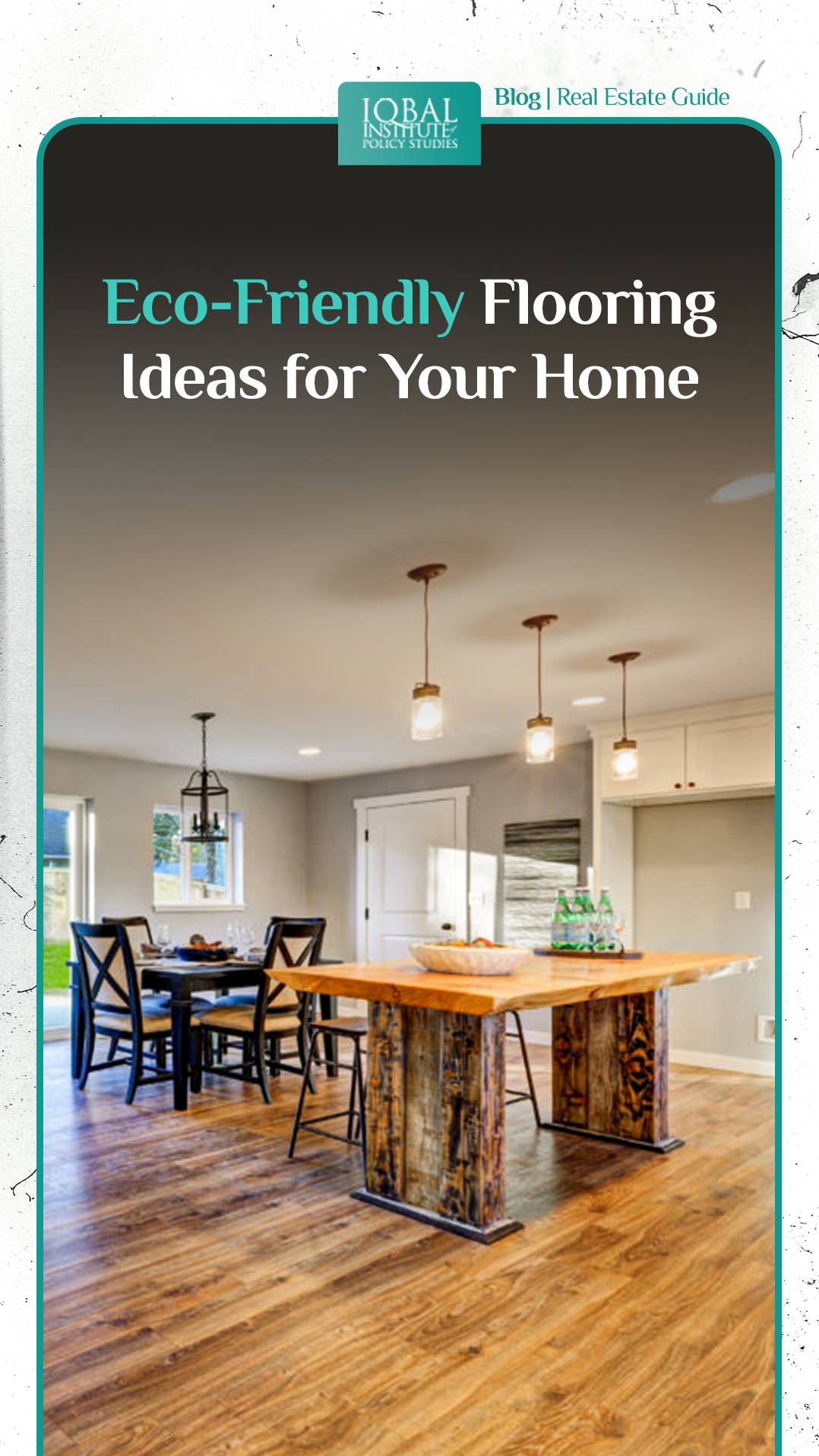


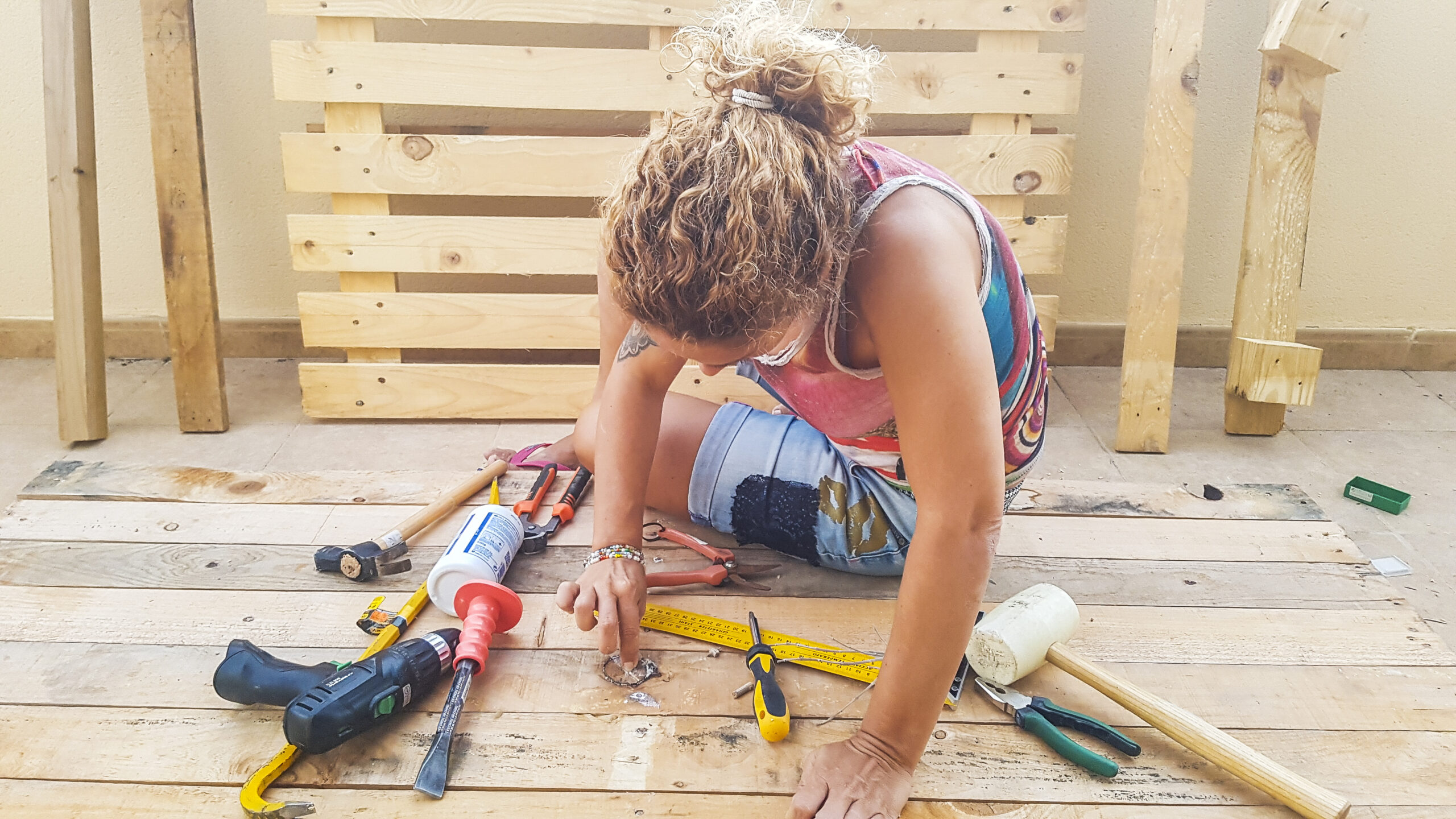
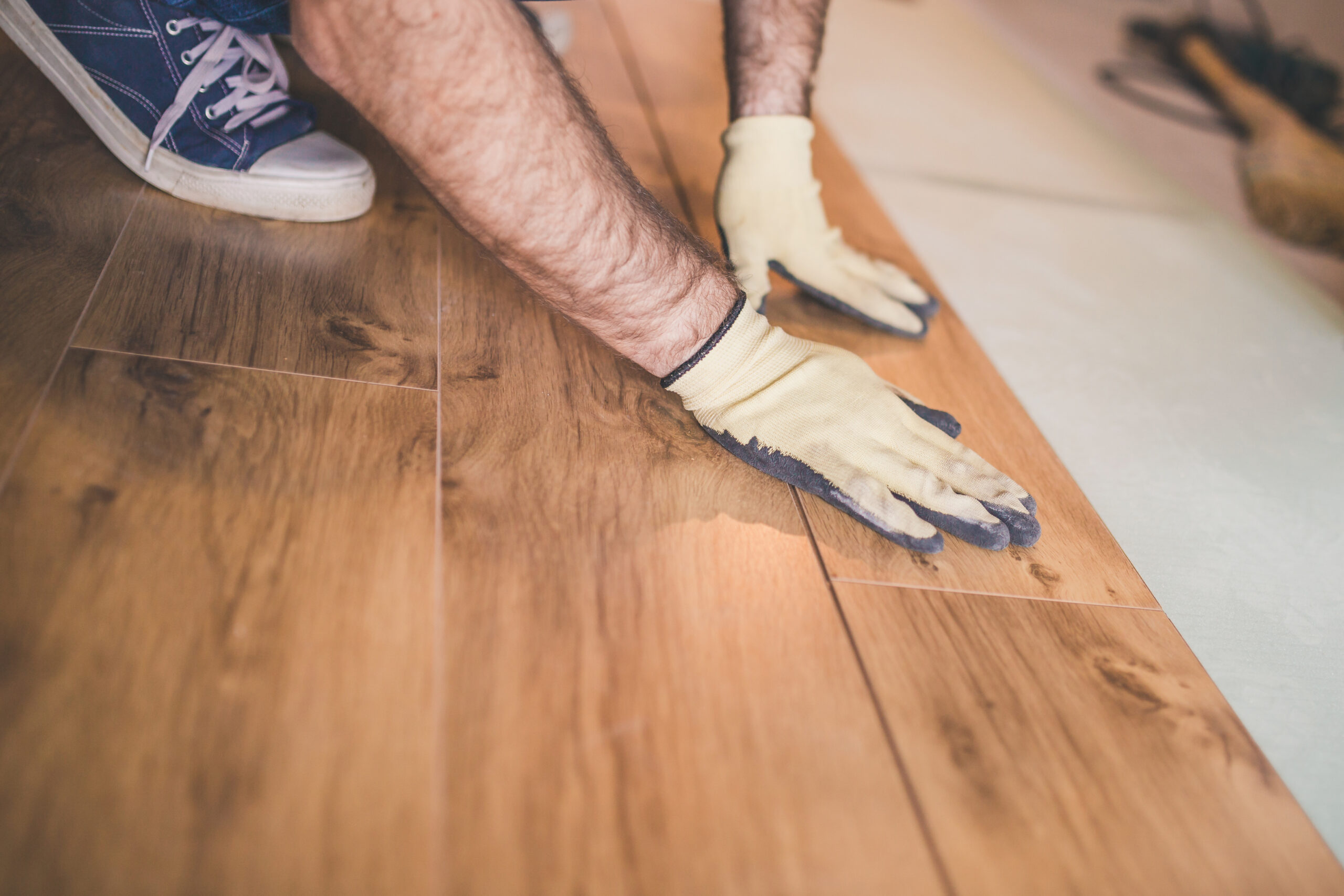
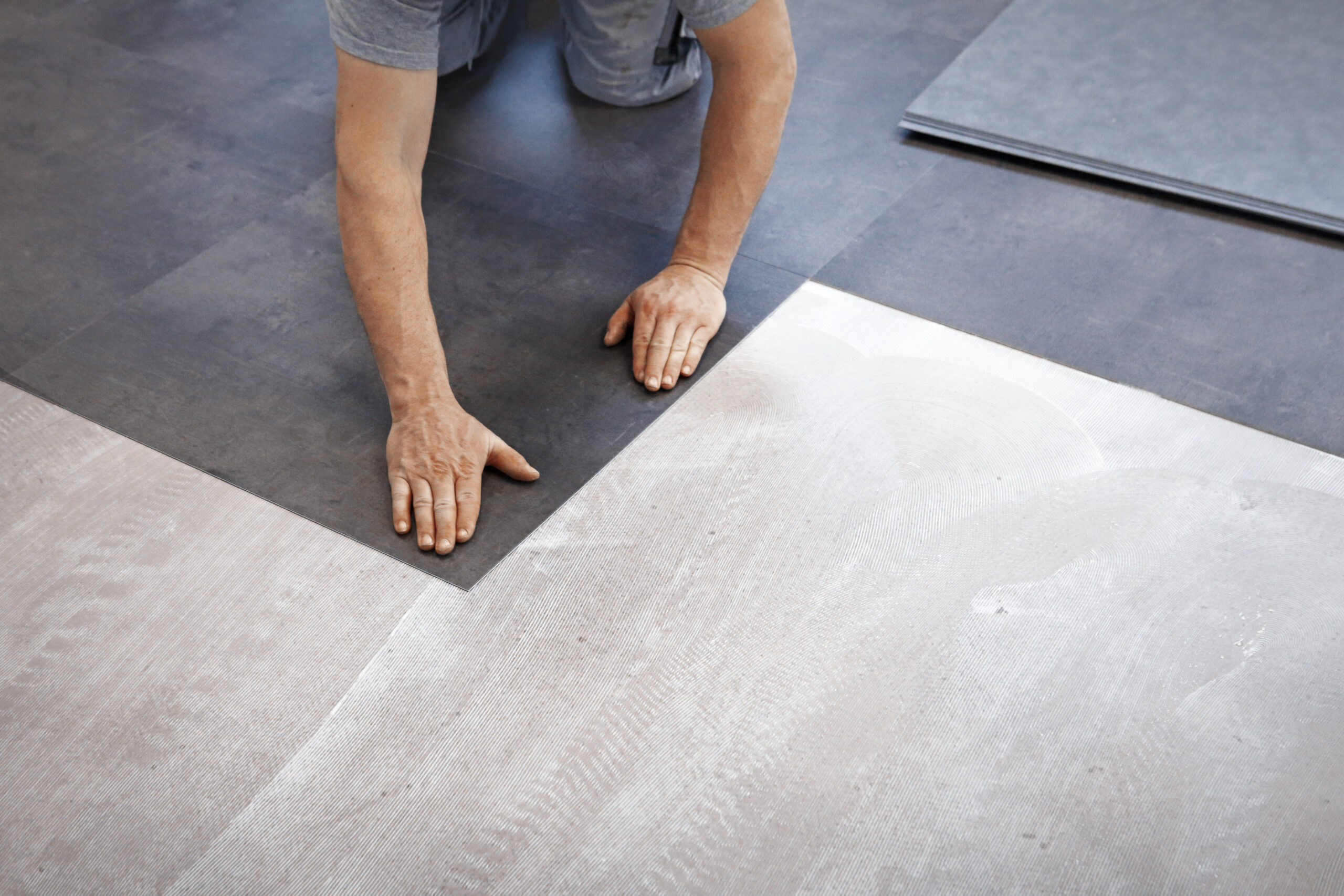
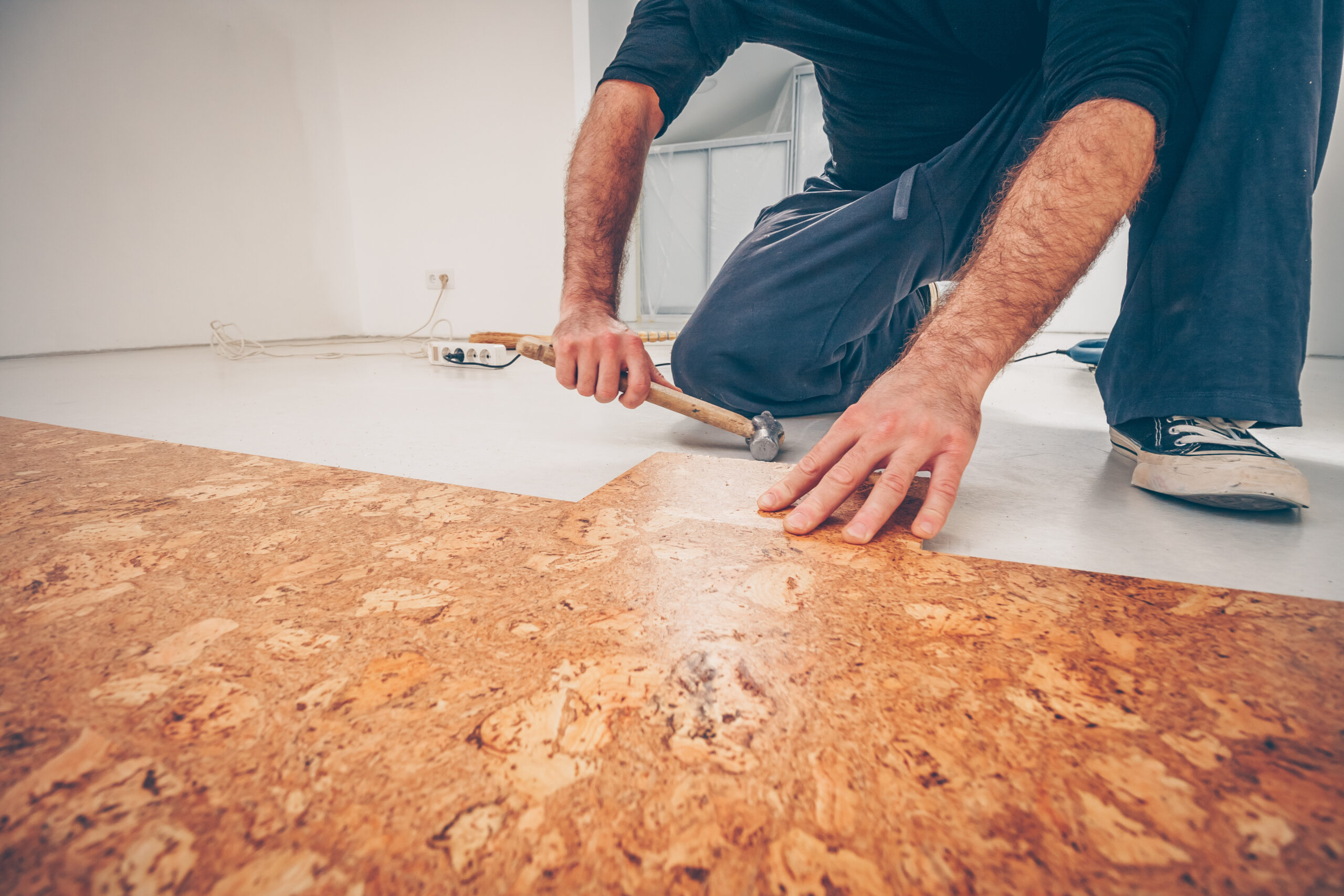
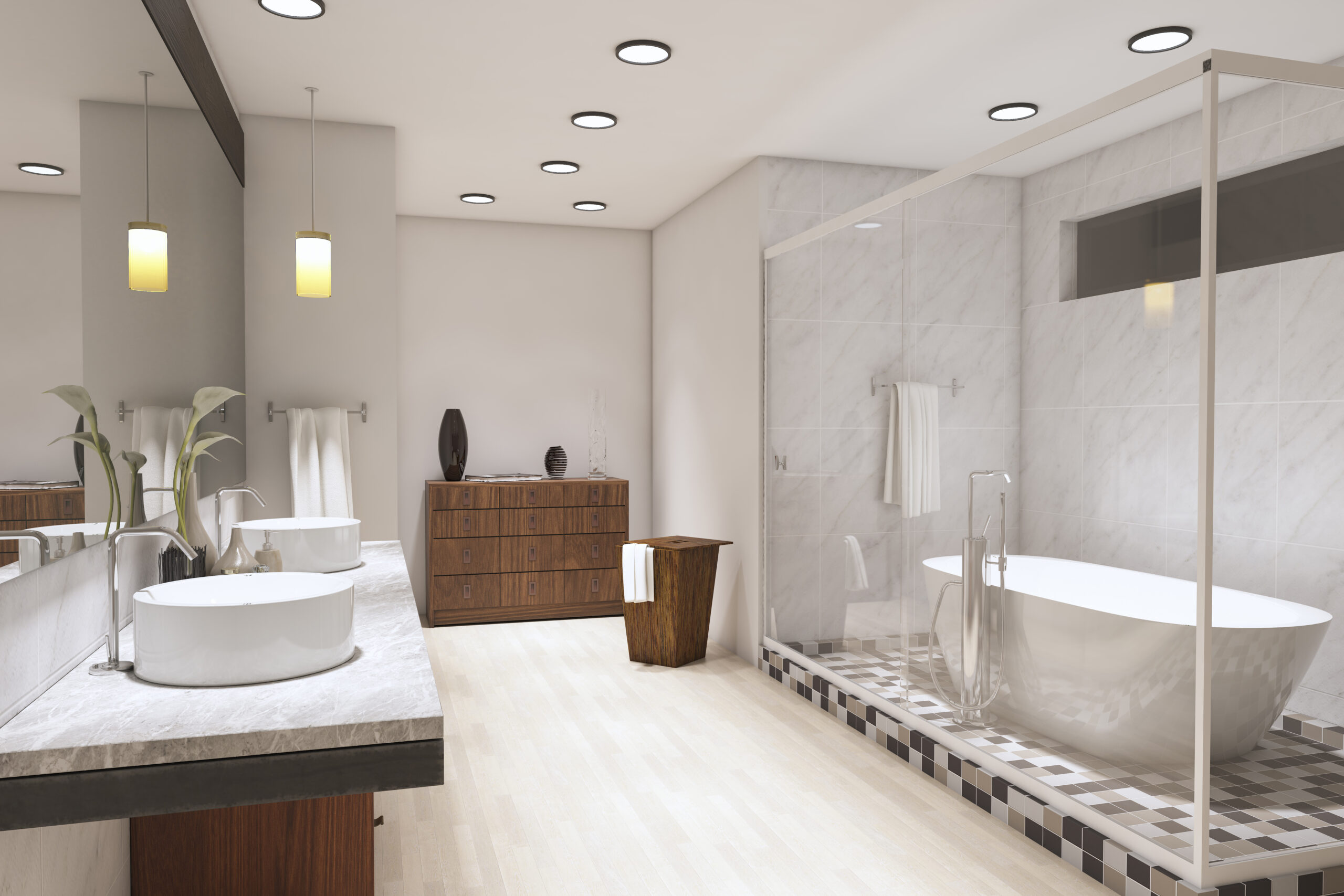
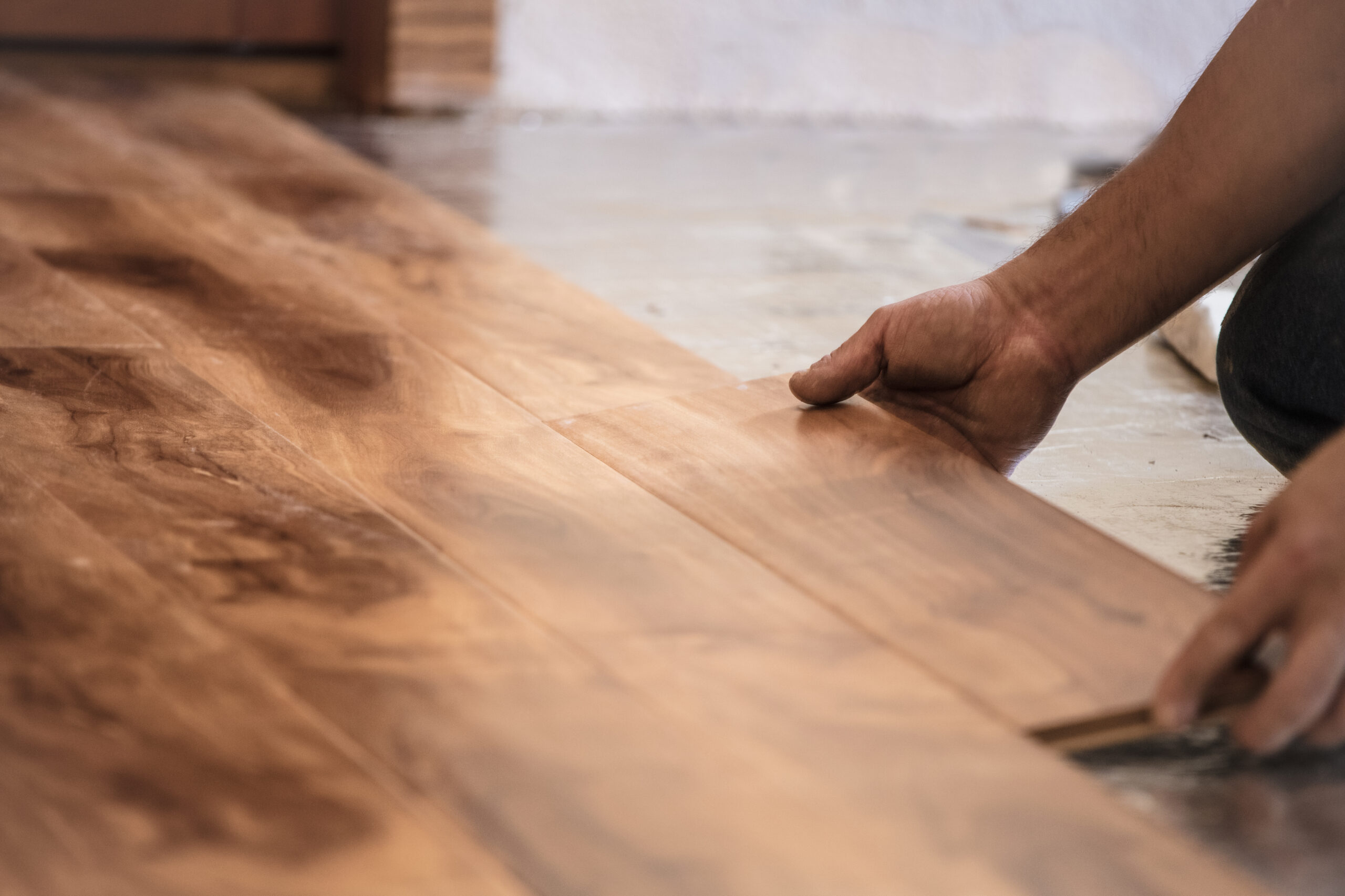
Leave a Reply